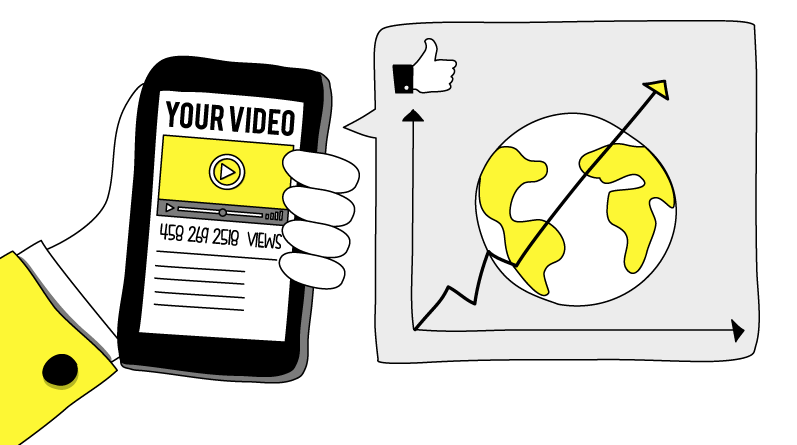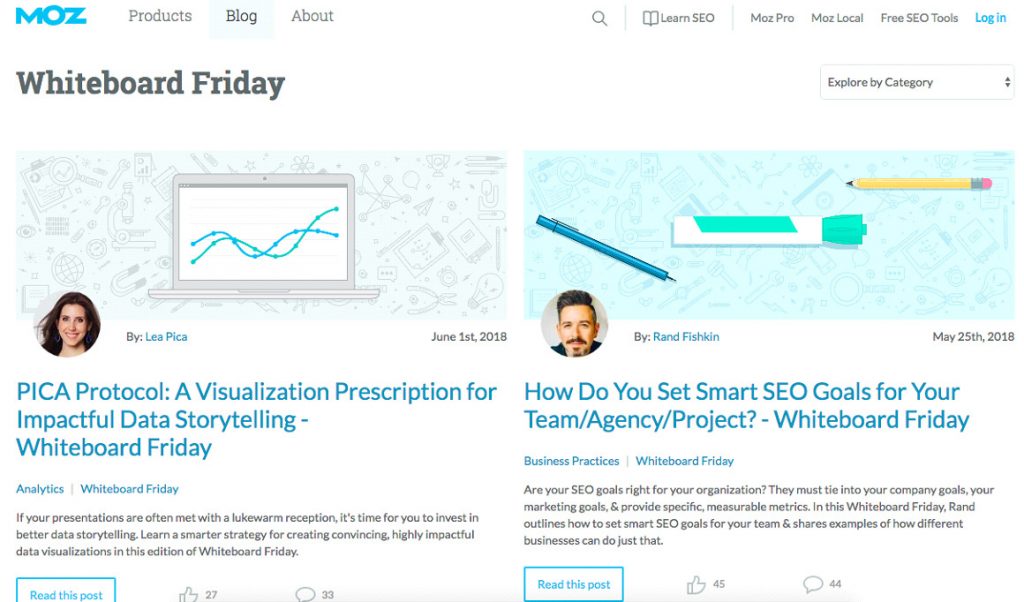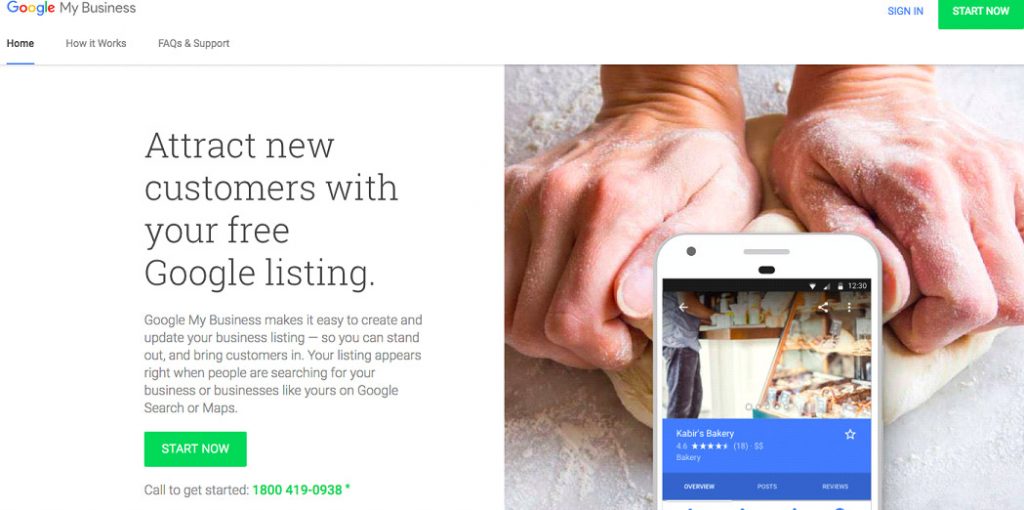App Categories List in 2025: Detailed Analysis of Growth & Trends

As mobile usage continues to shape the technology landscape, business owners and entrepreneurs must know how their mobile apps can be successful. In this blog, we dissect the concept of an app category list to understand how one can choose the right category for app success, and the most popular app categories today.























